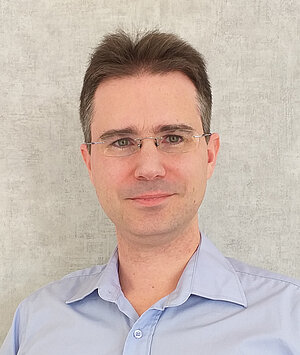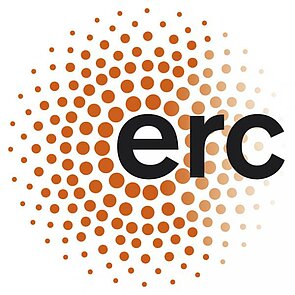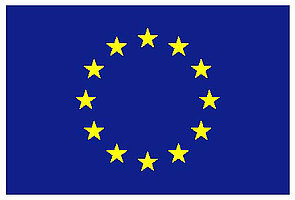NuMoGo
Numerical Modeling of Grain boundaries in Olivine – NuMoGO
Olivine (Mg,Fe)2SiO4 is the main constituent of the Earth’s upper mantle, where it is deformed in extreme creep conditions: pressure up to 12 GPa, temperature up to 1500 K, and very slow stresses about 10 MPa. As such, the characterization of its main deformation mechanisms is of paramount importance to understand mantle dynamics and its coupling and interactions with plate tectonics, seismic activity and volcanism. While the plastic deformation of crystals is usually associated with the slip of dislocations, olivine has a peculiar crystalline structure with a shortage of slip systems that cannot accommodate deformation in all directions, so other mechanisms must be considered.
Grain boundaries (GBs) are foremost defined by their atomic structure which, in turn, influences all their other properties: formation energy, mobility, impurity segregation, interaction with dislocations, and so forth. Because olivine is a complex ionic material, GBs are difficult to characterize, their atomic structures remain largely unexplored, and no systematic method exist to construct atomic-scale models.
Our goal is to derive an innovative and robust method to construct realistic grain boundaries in forsterite Mg2SiO4, the magnesium-rich end-member of olivine at the atomic scale. In such a complex material, deviation from stoichiometry at the GB will be considered and modelled with care using atomistic simulations. Once the atomic structures of GB are obtained, we will investigate their mobility, which can imply GB sliding and/or GB migration. The formation and migration of disconnections will be investigated using saddle-point research algorithms. The final results will be valuable input for mesoscale models of GB motion and grain growth model, and will bring a new understanding of the rheology of the Earth’s upper mantle.
PI of the NuMoGo project: Pierre Hirel

Funding
This study is supported by the French government through the Programme Investissement d’Avenir (I-SITE ULNE / ANR- 16-IDEX-0004 ULNE) managed by the Agence Nationale de la Recherche, under the project name NuMoGO.


